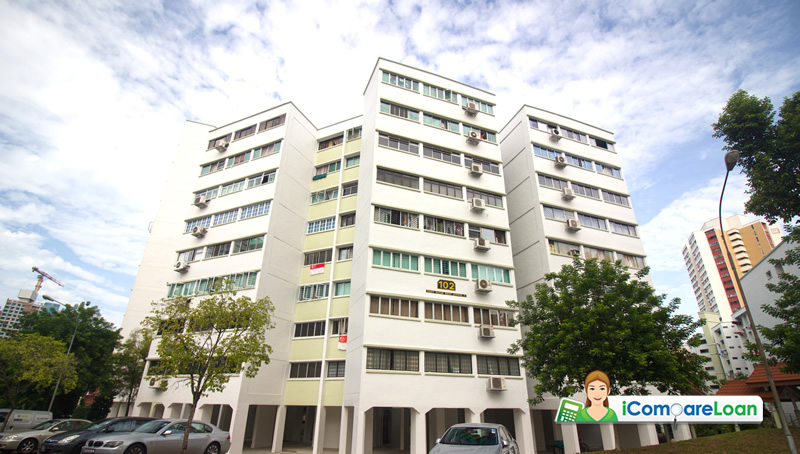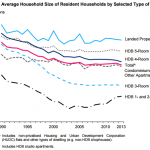Refinancing.
Quite a daunting word, considering for most people this involves meddling with one of the greatest commitment in their life; a mortgage loan. Generally everyone has a notion that refinancing a mortgage loan involves a lot of hassles and paperwork, usually involving a hand or a leg.
Contrary to the above, refinancing is now a breeze. It’s done in 3 steps; Fill in application form; email documents; sign Letter of Offer. Yup, it’s that simple! Not sure of the exact steps?
Call our hotline @ 68161046 or email us at sales@icompareloan.com.
US Fed Rate increase, how does it affects you?
With the recent spate of news and media constantly reminding us that US will be increasing their interest rates, the first thing that comes to mind is how will this rise in rate affect us?
SIBOR is the inter-bank offer rate that dictates how much banks charge each other when lending for periods of 1 month, 3 month or 6 months. SIBOR in turn is closely co-related to the US federal interest rates. It is therefore safe to say when the US fed rate increases, SIBOR will consequently follow suit.
Mortgage situation in Singapore
Currently, a big proportion of the mortgage loans taken out during the 2010 to 2013 period are based upon SIBOR. Bank floating rate packages during that period are mostly pegged to SIBOR, which resulted in REALLY cheap interest rates. A good example was Bank of China’s interest rate package of 3-month SIBOR + 0.55%, 3-month SIBOR + 0.65% thereafter.
A number of mortgage loans issued then were based upon the artificially low interest rate to attract home owners. Therefore when interest rates rose back, some clients will encounter difficulty paying back the sudden jump in mortgage loan monthly repayments.
With the above said, the Singapore government introduced multiple cooling measures to try to insulate against an interest rate shock.
Subsidies
Banks usually provide some form of subsidy for refinancing cases so these will help to defray and incentivise clients to shift the loan to them. Most of these subsides are in the range of 0.2 to 0.4% of the loan amount, which covers a substantial portion of the legal and valuation fees. Be careful when selecting packages, some banks may have the lowest interest rates but offer no subsidies at all. An example is denoted below:
Bank A (No Subsidies)
Loan Size: $1,000,000
Tenor: 30 yrs
Existing Interest Rate: 2%, Monthly payment $3696.19
New interest rate 1.5%, Monthly payment $3451.20
Legal Fees: $2500
Valuation Fees: $500
Total savings excluding costs: $244.99 per month, $2939.88 per year.
Total savings including costs: $2939.88 – $3000 = (-$60.12)
Bank B ($2500 legal subsidy, $500 valuation subsidy.)
Loan Size: $1,000,000
Tenor: 30 yrs
Existing Interest Rate: 2%, Monthly payment $3696.19
New interest rate 1.75%, Monthly payment $3572.43
Legal Fees: $2500
Valuation Fees: $500
Total savings excluding costs: $123.76 per month, $1485.12 per year.
Total savings including costs: $1485.12 – $0(Subsidized) = $1485.12
As the above sample case illustrates, Bank A although offering lower rates, without the subsidies it wouldn’t make sense to refinance to them at all. Bank B had a higher interest rate, but with the subsidies, you will still save quite a tidy sum in the end.
Do bear in mind subsidies come with a claw-back clause, usually 3 years. Meaning you must stay with the bank for 3 years, failing which you have to repay the subsidized amount.
With the above, it simply makes sense to take up a 3 year fixed rate as compared to a 2 year fixed rate, as the subsidy clause will bond you for 3 years to the bank in the end. You can drop me an email at Jason@icompareloan.com if you are interested in refinancing to a 3 year fixed rate with subsidies.
What to do now?
Currently a lot of people are scrambling for the safety of fixed rate packages. In hindsight, people now understand the impact floating rate packages have when the market moves against them. You can get a quote on the various fixed rates at www.icompareloan.com or you can email me directly Jason@icompareloan.com.







